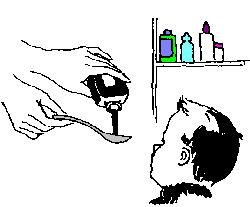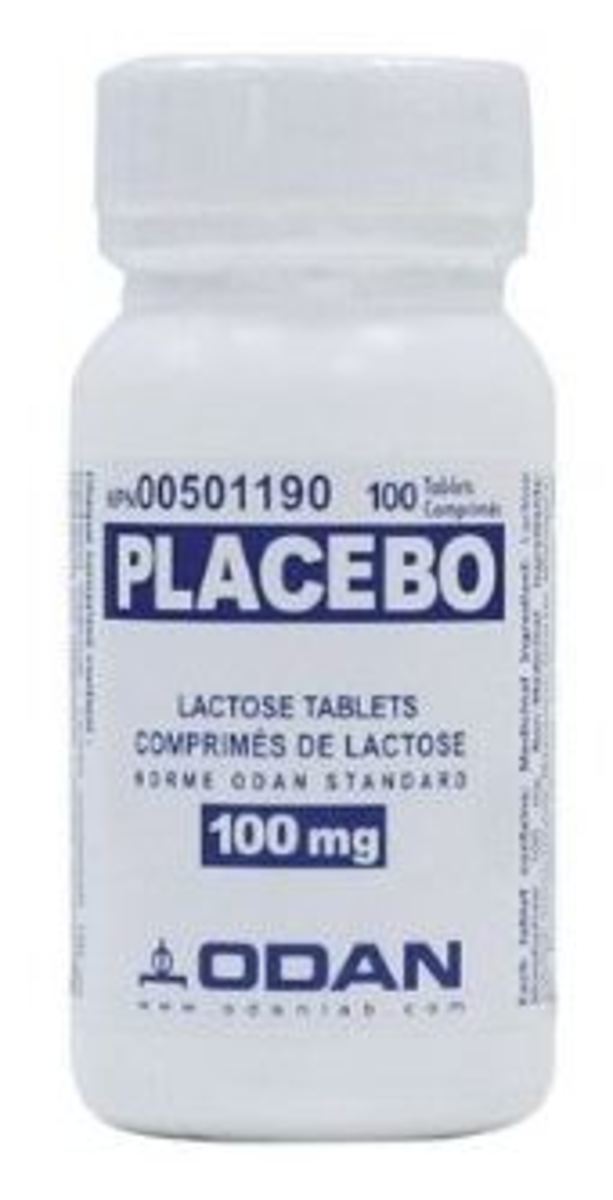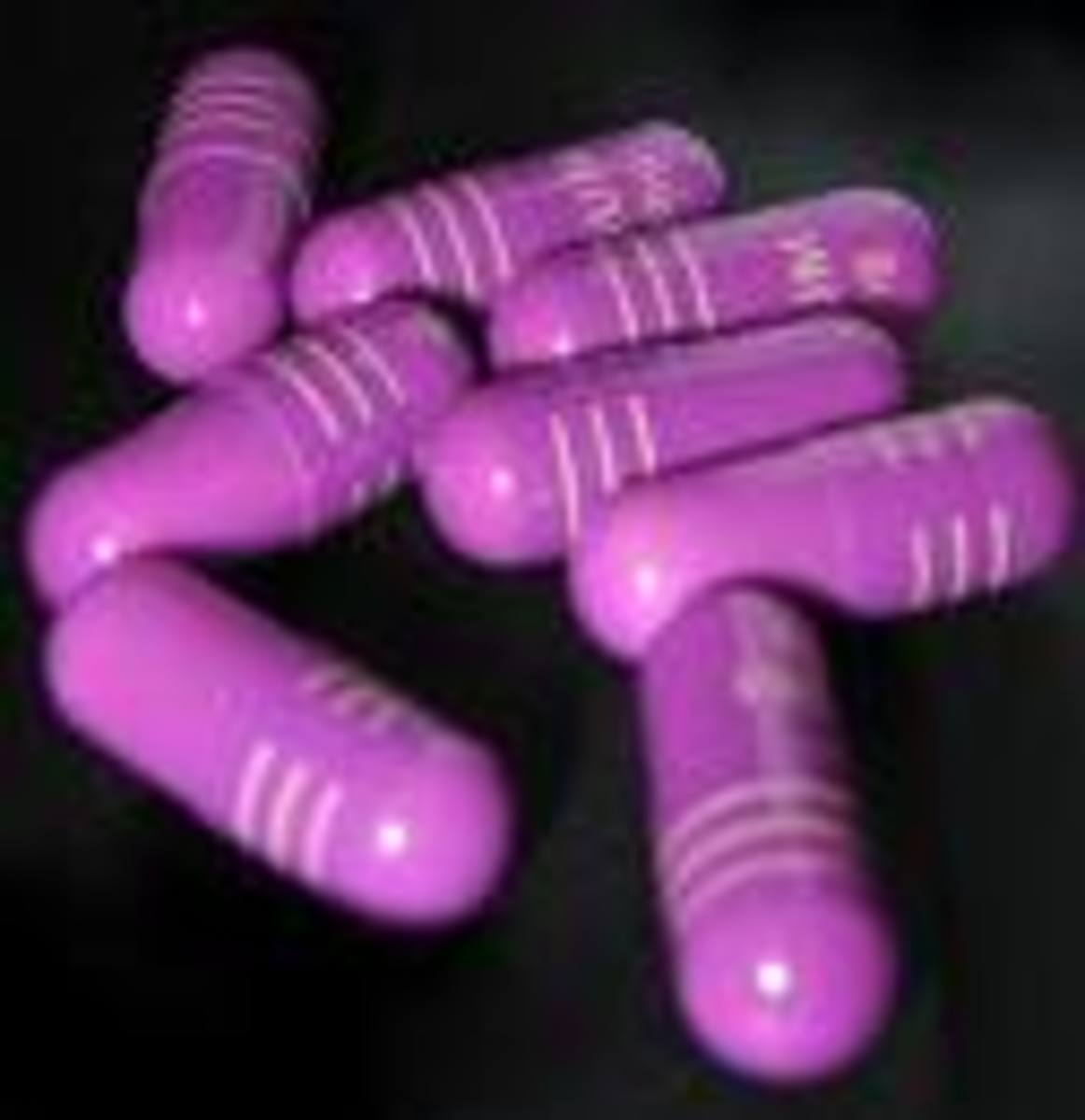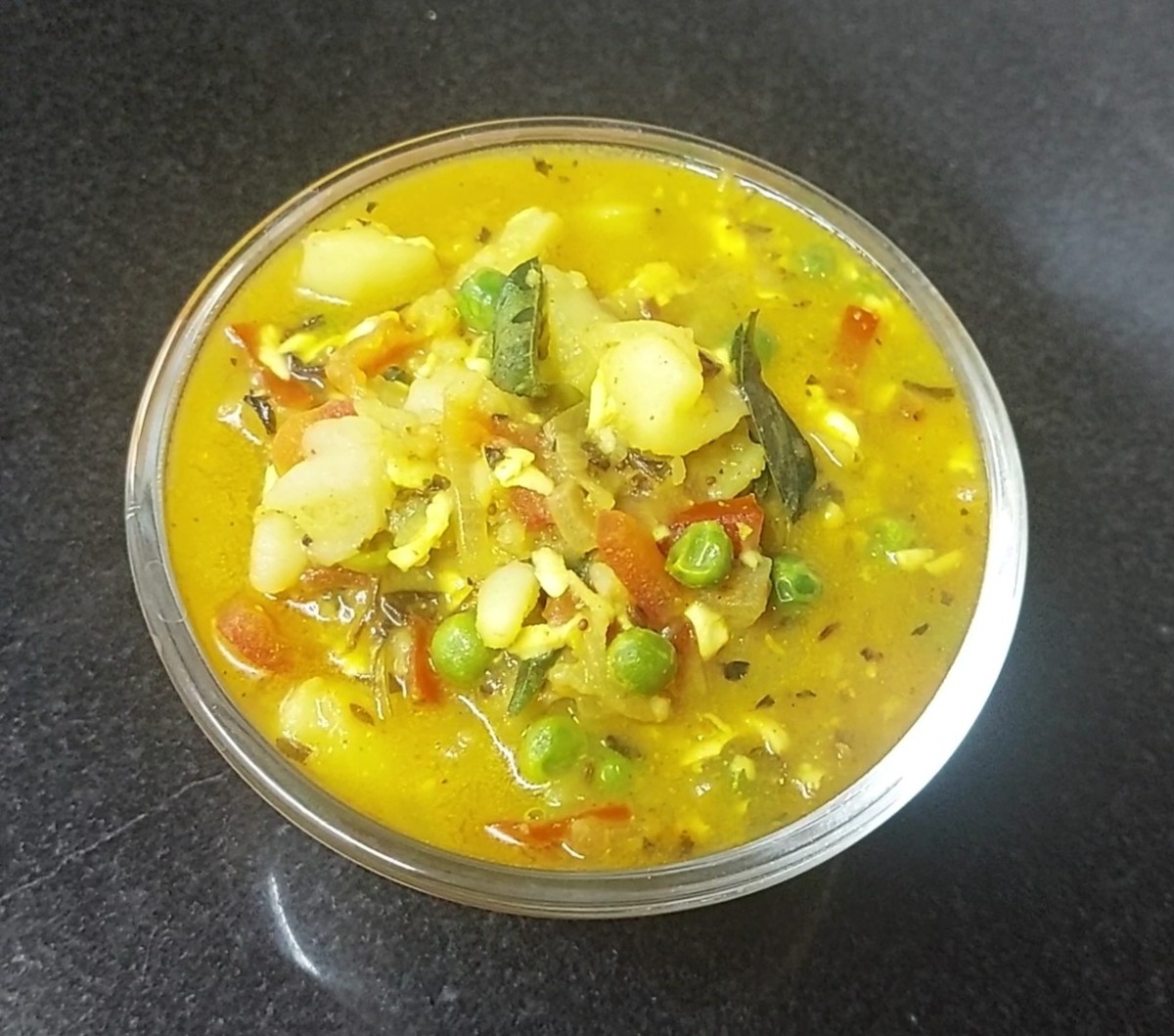MEDICATION BY MOUTH OR SKIN APPLICATION
MEDICATION BY MOUTH OR SKIN APPLICATION
A. Giving Liquids
1. Check the bottle by reading the label. Place a finger over the bottle cap and shake the bottle several times. Remove the cap and hold it with your little finger.
2. To pour, hold the bottle on its label side to avoid any drip that could erase the instructions. Hold the glass at eye level and accurately measure the dose ordered. It is a good practice to put half a dose into one spoon and later the second half into another especially when giving the medicine to a sick child who might push the medicine away. You will know how much was lost if done this way.
3. Replace the cap and read the label again. Give the dose to the patient and make sure he or she drinks it. Offer water afterward. The following are some cautions to be observed:
a. Don't add the liquid medicine to a beverage; it will probably sink to the bottom or stick to the glass and the patient won't get the whole dose.
b. Don't put the medicine into the baby's bottle or formula. The same separation will occur. The child may not drink the whole bottle and will lose part of the dose. Don't hold the child's nose to force him or her to swallow. He or she may breathe the liquid into his or her lungs. Older children can hold their own noses and thereby avoid some of the unpleasant taste. If they are old enough to do this for themselves, they are old enough to swallow and breathe at the same time. Some manufacturers are now making small plastic cups with marking for 1 and 2 teaspoons and 1 tablespoon. These seem easy to use and are recommended.
c. Wipe the bottle and wash the glass or spoon.
B. Giving Tablets, Capsules, or Pills
First, check the bottle by reading the label. Shake out the correct number of tablets into a spoon and read the label again. Give the tablet to the patient on the spoon and with a glass of water. Make sure the patient swallows the tablet.
Many children will surprise you by their willingness to chew and swallow a pill. However, most children under five years of age will need to have them crushed into a fine powder between metal spoons, so that they can either swallow the powder with water or take it with a spoonful of jam or honey. If the tablet is hard to crush, place it in a spoon with a few drops of water for an hour before it is to be taken. It will dissolve by itself. Give this to the patient, followed by a drink of water or another liquid.
Capsules should not be crushed or opened since the medicine contained in them is meant to dissolve in the stomach not in the mouth.
Swallowing whole pills and capsules is a skill which some patients particularly children find difficult to master. Have the child place the pill or capsule at the back of the tongue and tell him or her to concentrate on swallowing the half glass or more of the liquid he or she takes with it. Moistening the capsule first makes It easier to swallow.
C. Giving Powders
You can either mix the powder or pellets with jam or honey or stir it into a small quantity of milk or water and give it to the patient at once. Capsules that cannot be swallowed can also be opened and the powder or pellets can be removed.
D. Applying Ointments
An ointment is a semisolid medical preparation having a base of fatty or greasy material (such as petroleum jelly) generally applied to the skin. It is applied directly on the part of the body indicated and prescribed by the doctor. Usually the manner of application is described in the accompanying literature. Ointment for the eyes is applied directly on the lower lid seeing to it that the tube does not touch the sensitive lid. The patient is asked to close his eyes and the ointment spreads into the upper lid. There are ointments that are applied with the use of an applicator which is found together with the tube of ointment. There are also ointments that are applied with the use of sterile swabs of cotton.
E. Back Rub
The manner of applying back rub depends upon the condition of the back. The doctor usually determines whether the patient needs a back rub or not. If the patient has a fractured spine, a back rub is not recommended. If a back rub is to be given as prescribed by the doctor, the medicine is applied by putting a small amount of ointment on the back with the palm
moving gently and repeatedly In a circular manner. This gives a soothing effect due to the heat generated, and thereby relieves the patient from discomfort and pain. Usually this Is also done on the chest when It is congested due to colds.







